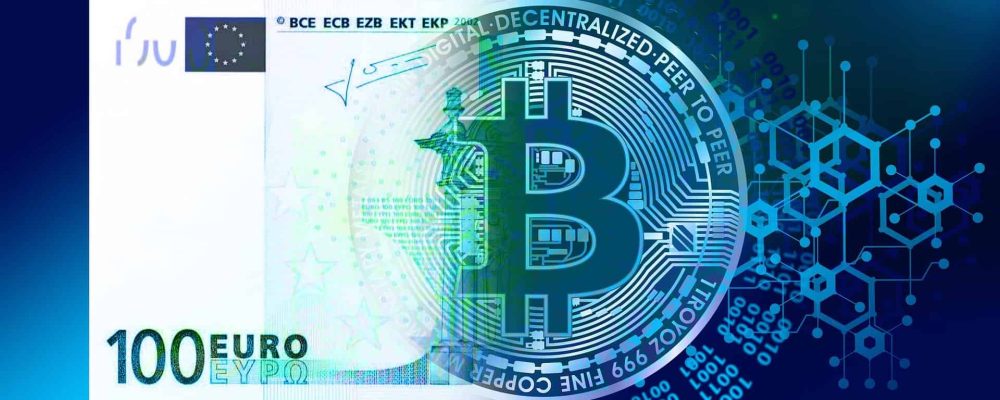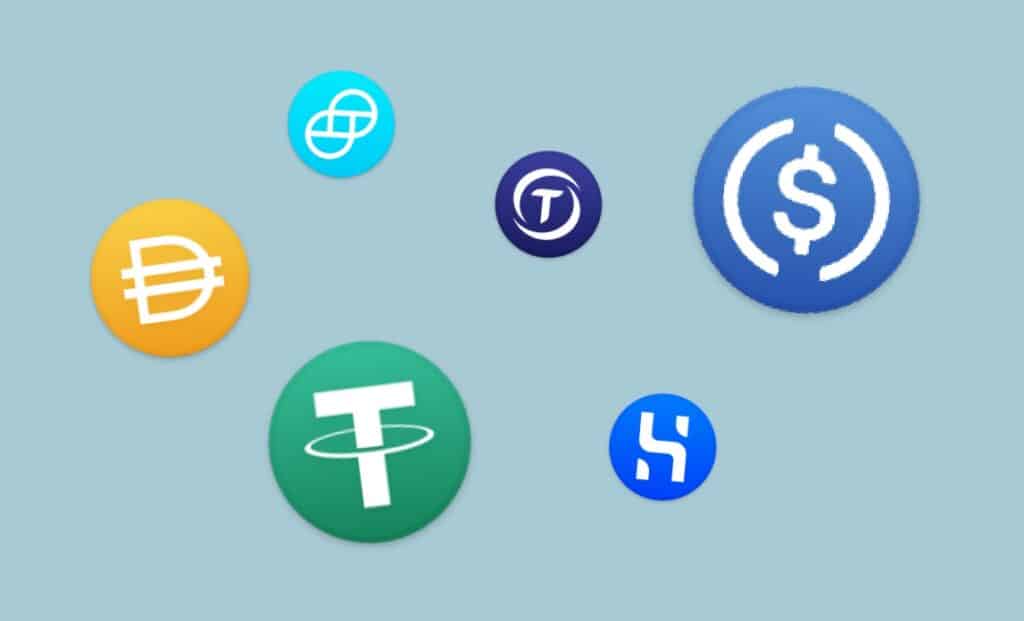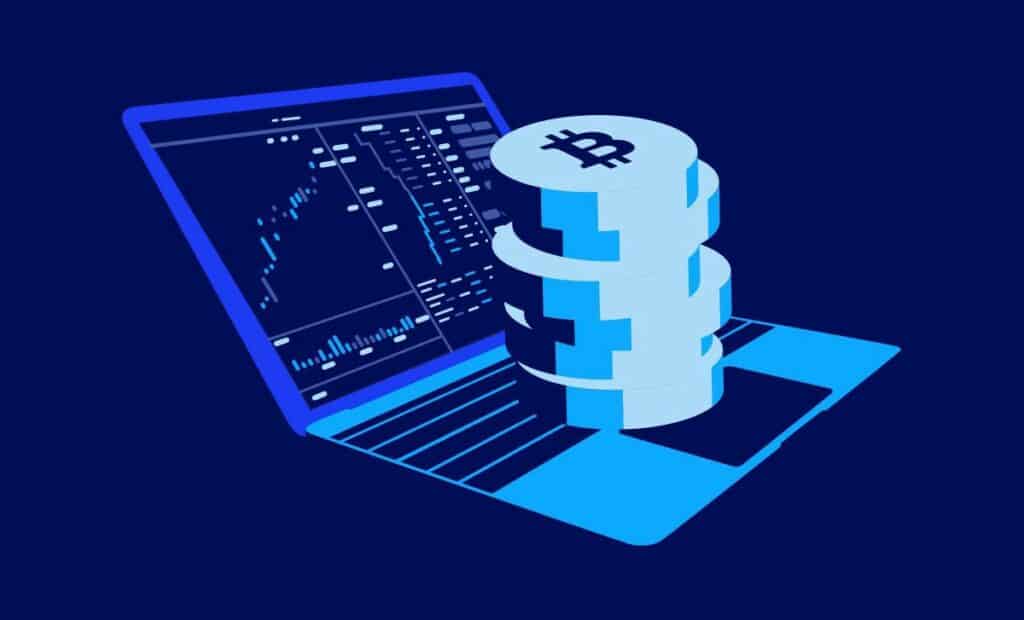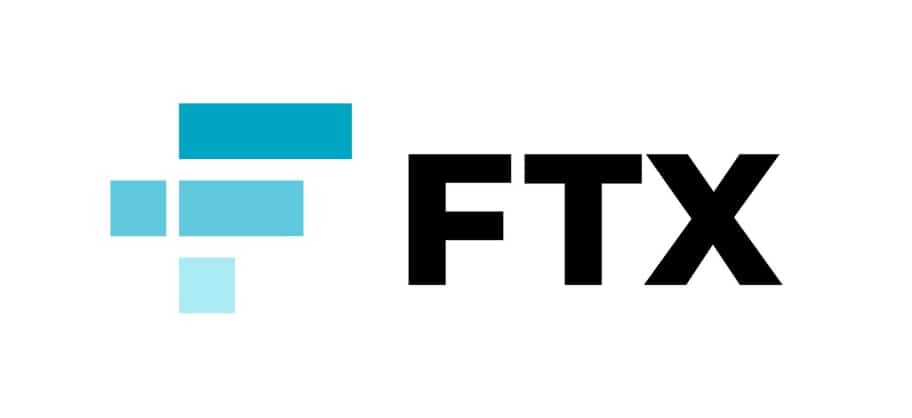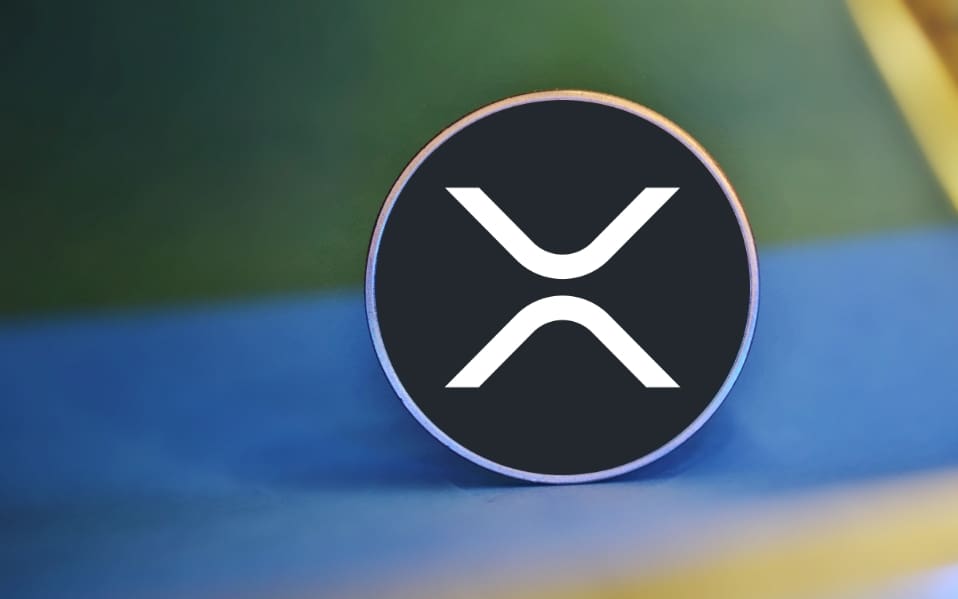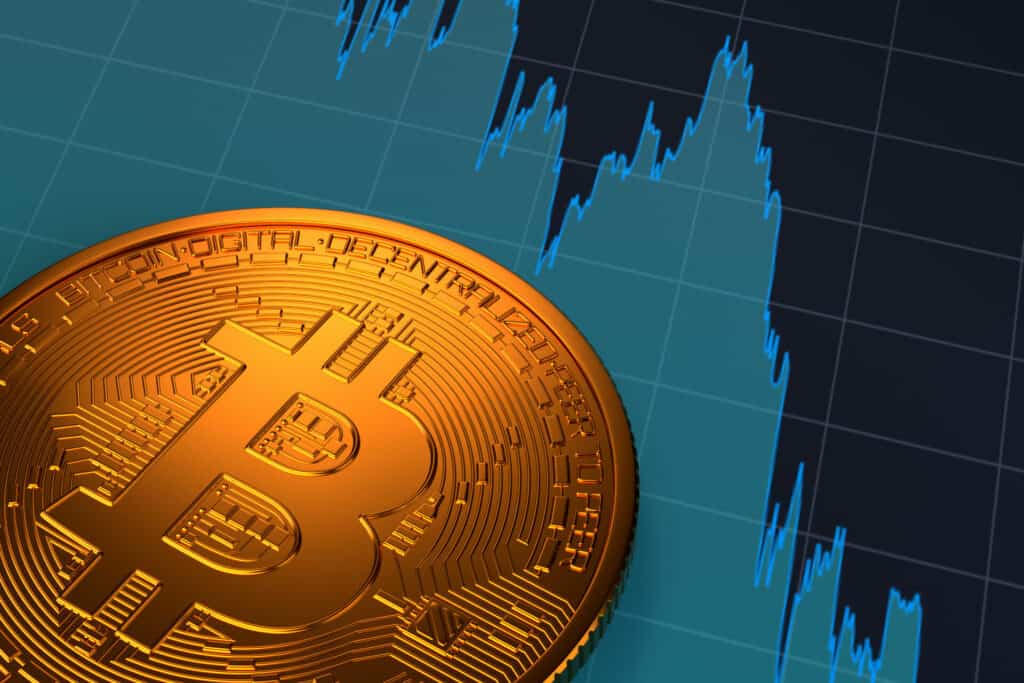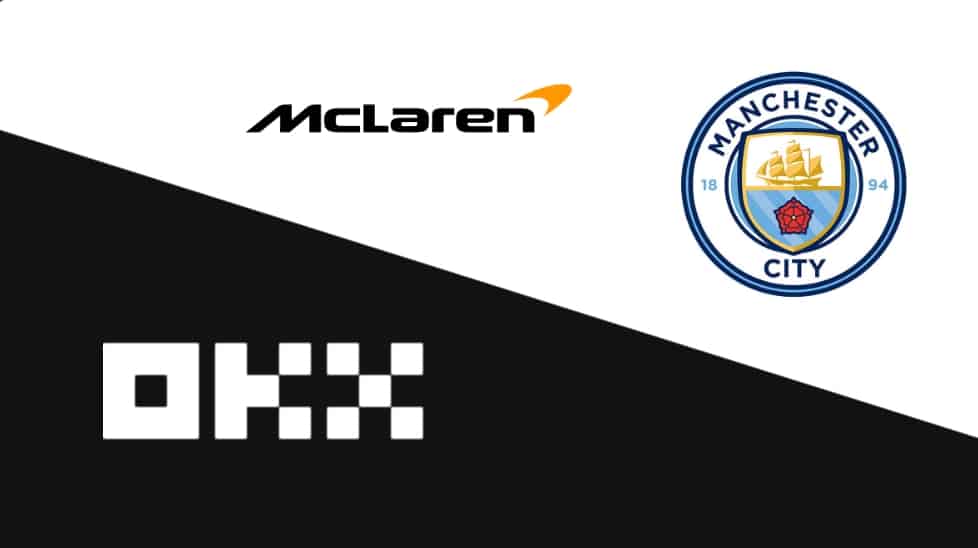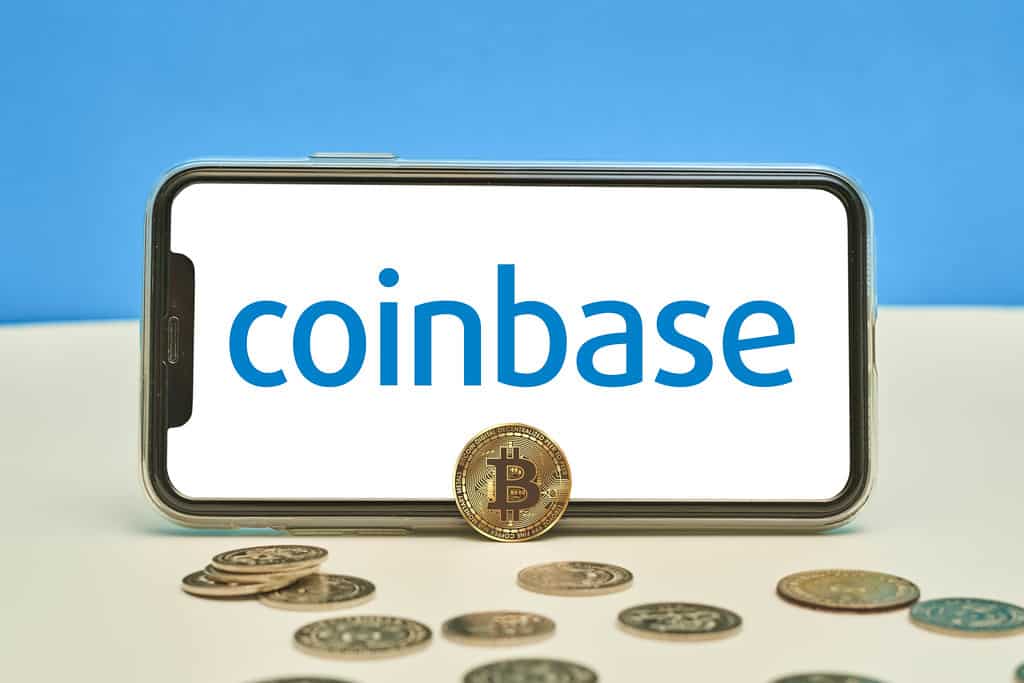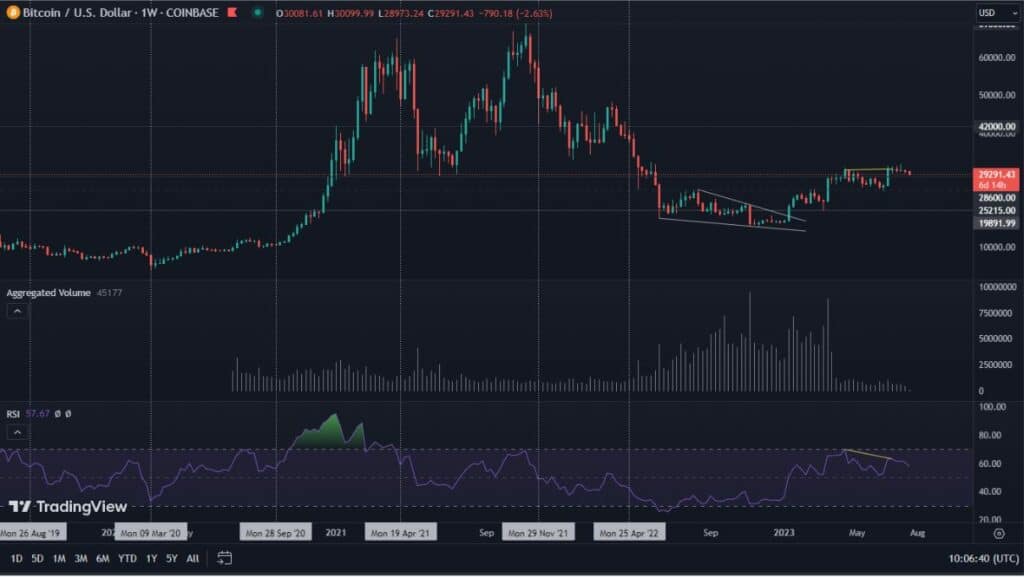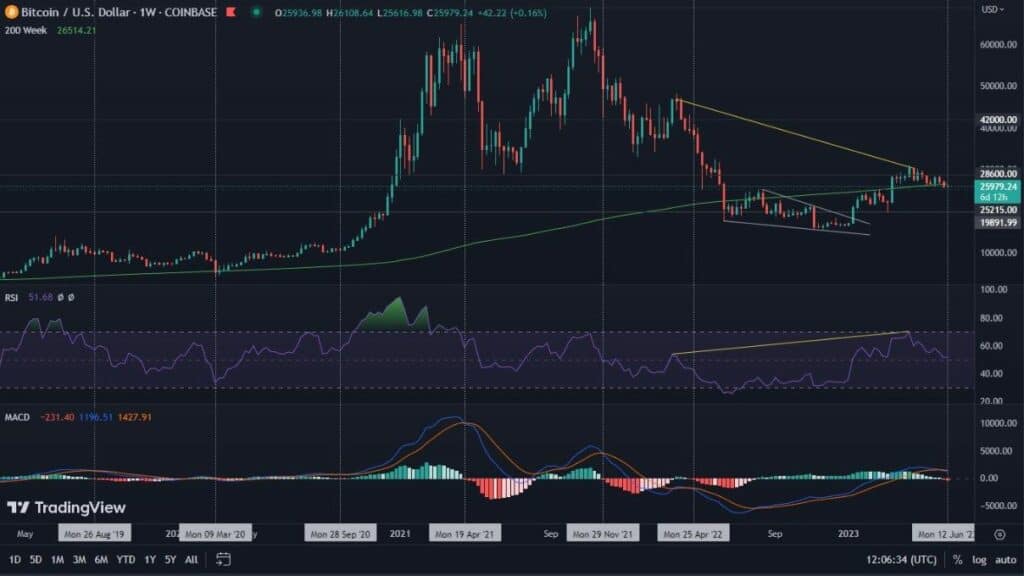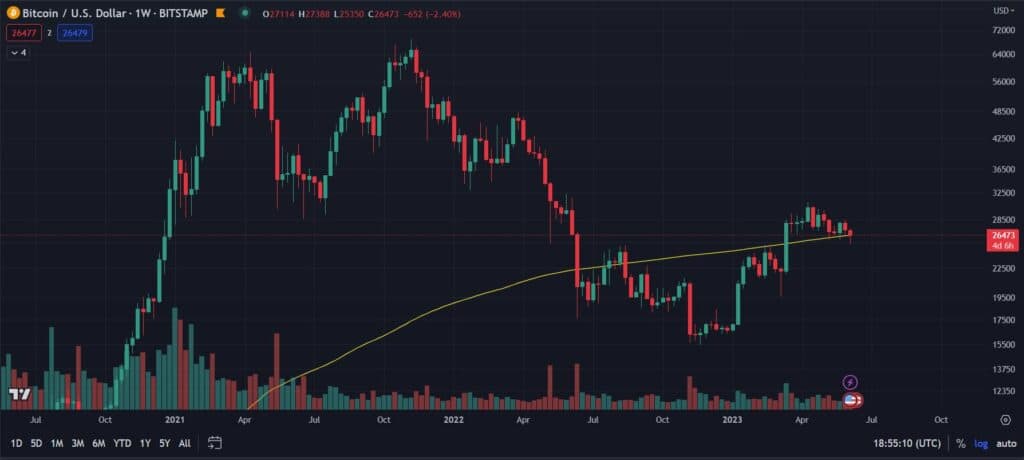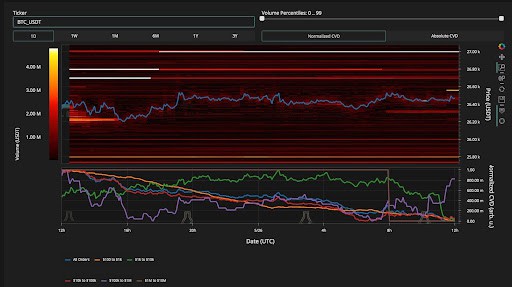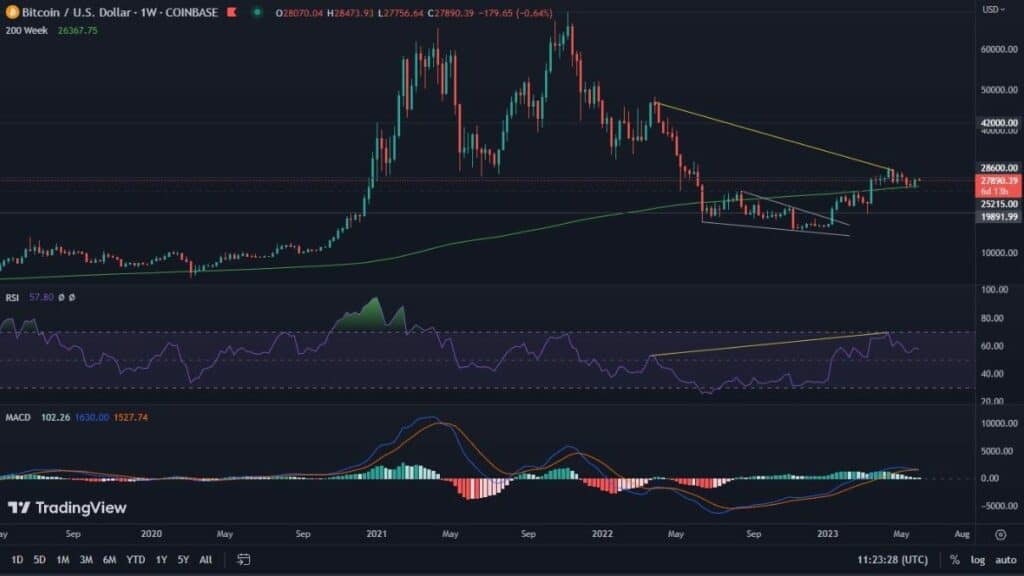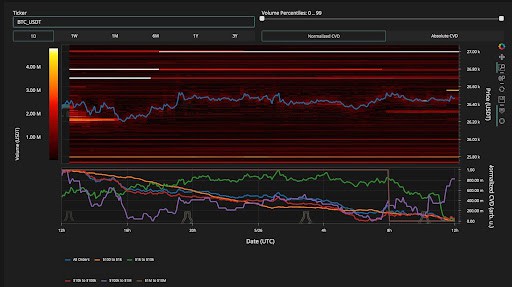The World Economic Forum (WEF), which regularly takes place in Davos, Switzerland, for pandemic reasons, has taken the form of a teleconference in January 2021. If you are interested in finance, macroeconomics and global economic developments, you have certainly heard of it. Leading representatives of the aforementioned disciplines meet regularly to discuss current and troubling issues. The results of their work very often have a strong impact on the further fate of the world. For proponents of cryptocurrencies, the last meeting was particularly interesting, as one of the subjects of the session became CBDC. For this reason, the motto of this year’s conference, “The Great Reset”, took on a special character.
What is CBDC and what is its significance in macroeconomics
CBDCs are nothing but digital currencies of central banks. We wrote a few words about them in articles entitled “What is XRP (XRP)” and “What is Stellar (XLM)“. As the extension of the acronym indicates, CBDC is a financial aspect based on blockchain technology, which aims to digitise the fiat currencies we already know and create a parallel tool to them. In Europe, this process was initiated by the Ukrainian Ministry of Digital Transformation in early 2021, based on cooperation with Stellar developers. Research and preparation work in the same field is also being carried out by the European Central Bank. China, on the other hand, has more experience in the field, as its CBDC is already in the testing phase.
During the World Economic Forum, a report was presented that illustrates a set of tools aimed at supporting decision-makers in the field of digital currencies in individual countries. It draws attention to the risks associated with the implementation of blockchain technology, but also highlights a number of advantages, such as increasing the efficiency of payment systems. The cast of the panel devoted to CBDC looked very interesting. It included Sheila Warren – Head of Data, Blockchain and Digital Resources at WEF, Andrew Bailey – Governor of the Bank of England, Elizabeth Rossiello – CEO of BTC Africa SA, as well as Tharman Shanmugaratnam – Senior Minister of the Government of Singapore, or even Zhu Min – Deputy Director General of the International Monetary Fund.
Zhu Min’s comments are worth noting, as he spoke very favourably about the digital yuan being introduced in China. He also suggested that the Middle Kingdom would be willing to cooperate with countries which decide to take a similar step in their economies. Tharman Shanmugaratnam was more sceptical. In his opinion, the introduction of CBDCs, may result in the acceleration of the dollarisation process. In his opinion, in crisis situations, such as a progressing crisis or rising inflation, the outflow of cash from the affected country may significantly accelerate. All in favour of moving capital to the safe haven of the dollar.
Timing and implications of the introduction of CBDCs
While the introduction of CBDCs is associated with risks for central banks, it is worth considering whether it is not a good and, above all, safe solution for the average market participant. Such a “Great Reset” in the financial world would force the rulers to pursue a much more responsible fiscal policy than is currently the case. While the introduction of the digital euro, or at least the dollar, in the long term is almost a foregone conclusion, unfortunately not every country is opting for this kind of solution. There is therefore a long journey ahead of us before CBDC becomes a global standard. The emergence of this topic at the WEF, however, gives us hope for its progress.

